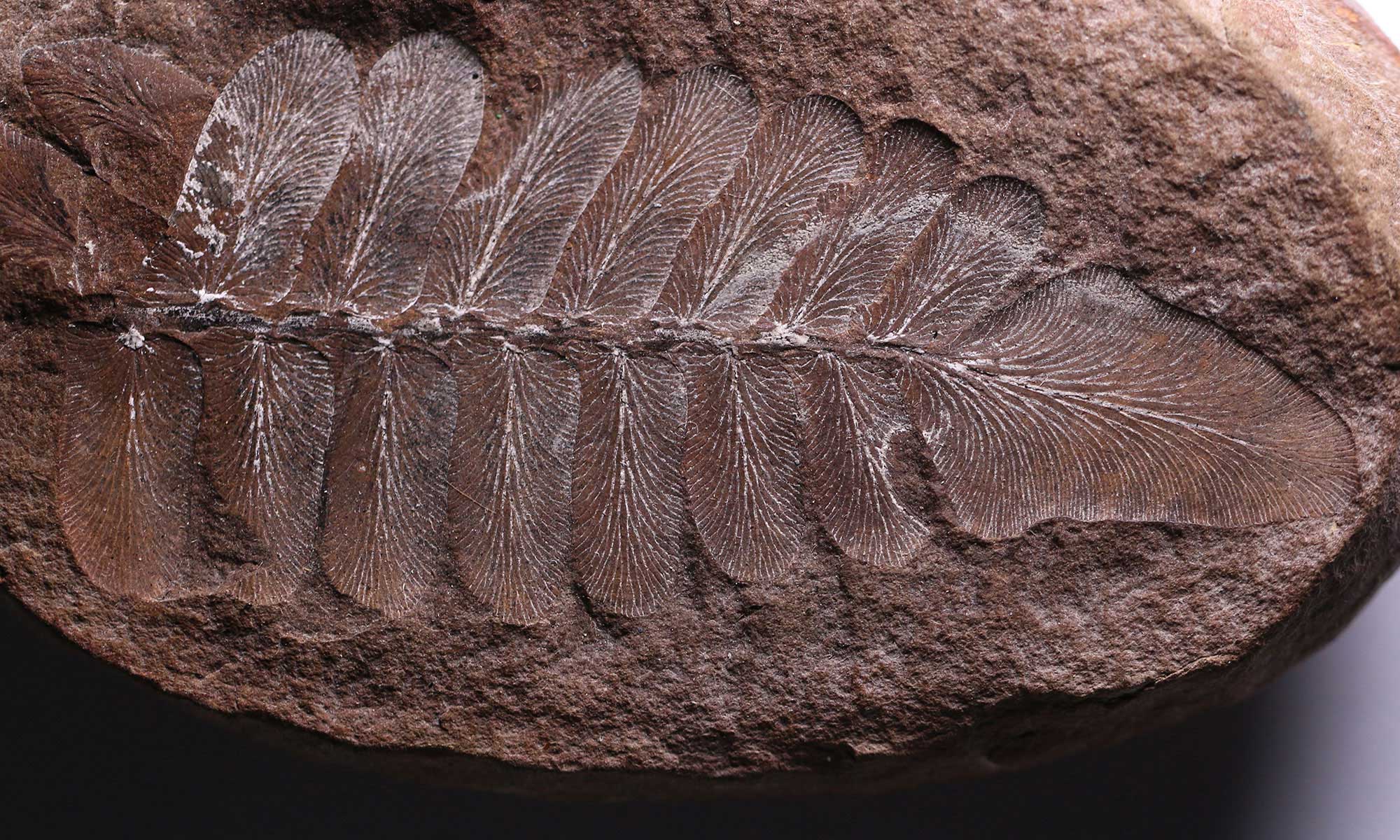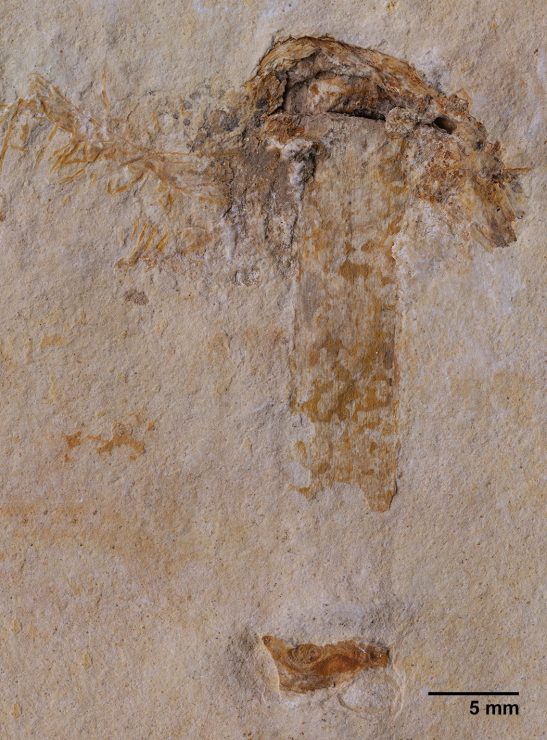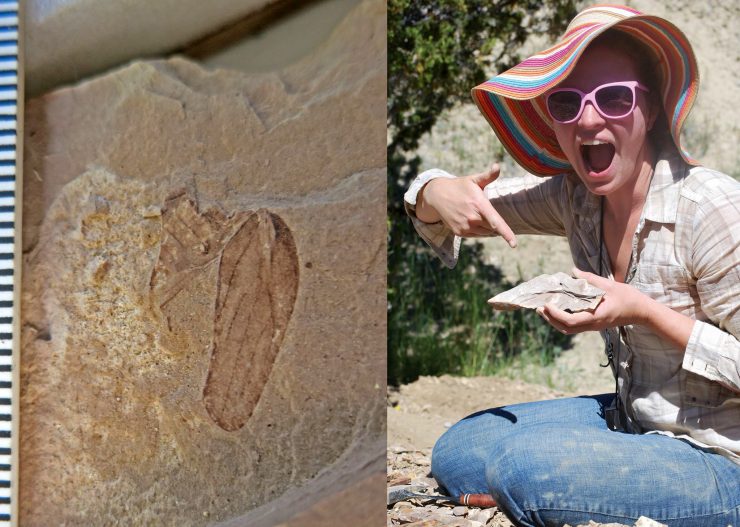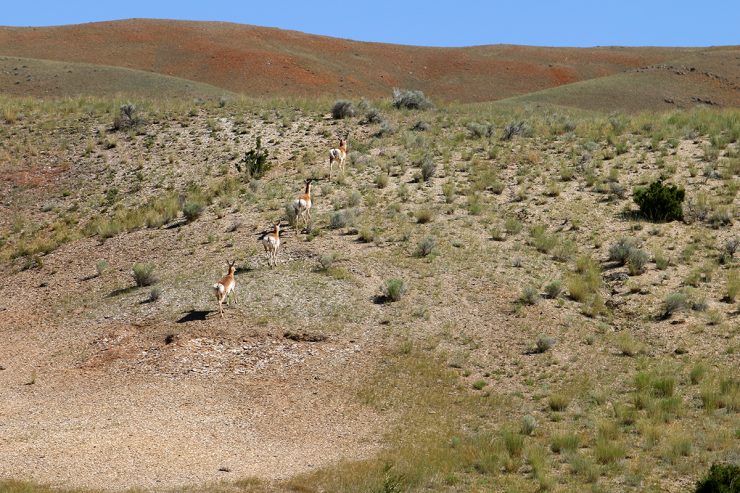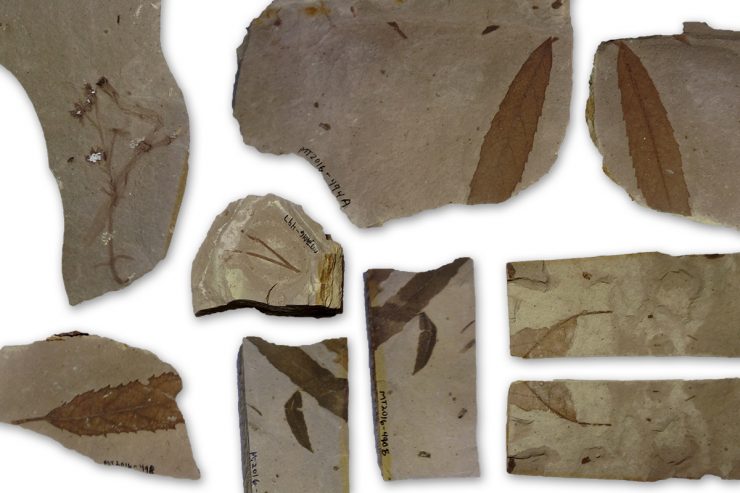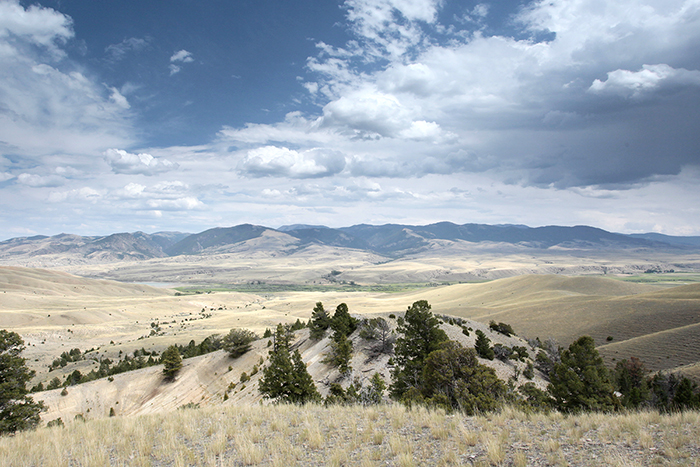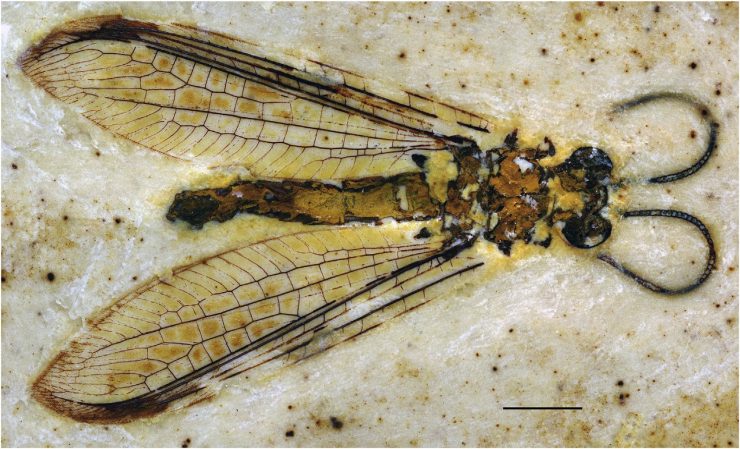
Today we bring you a newly described species of lacewing: Parababinskaia elegans gen. et sp. nov. from the late Aptian Crato Formation of Brazil. The holotype specimen—housed in the INHS Paleontology Collection—was described by Vladimir Makarkin, Sam Heads (INHS), and Sonja Wedmann in a recent issue of the journal Cretaceous Research.
